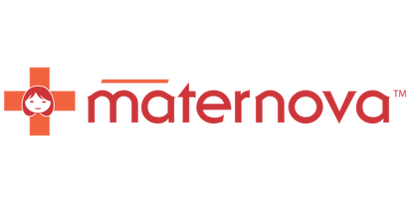Add description, images, menus and links to your mega menu
A column with no settings can be used as a spacer
Link to your collections, sales and even external links
Add up to five columns
Add description, images, menus and links to your mega menu
A column with no settings can be used as a spacer
Link to your collections, sales and even external links
Add up to five columns
Coming full circle: back to the communities for birth in rural Canada
October 29, 2016 2 min read
In the week after the national Women Deliver conference, it's a good time to pause and reflect briefly on where we are. As a global movement, maternal health has made great strides. More women have access to professional skilled attendants, yet we know that quality of care and respectful care is an unrelenting challenge.
This interesting story from [Alberta, Canada, provides an great counterpoint to the push for facility based births(http://www.newtrail.ualberta.ca/en/FeatureStories](FeatureStories%20Current/CopyofBringingBirthBacktotheNorth.aspx).
The traditional infant carrying parka, the amauti, is shown here. An excerpt from the article appears here with permission from the author (Sarah Ligon)
"When U of A professor Beverley O’Brien began working in the North as a nurse practitioner in the early 1980s, she rarely attended births. Although the communities in what is now known as Nunavut where she lived were small — Pagnirtung (current pop. 1,550), Igloolik (1,450) and Hall Beach (650) — they had some of the highest birthrates in all of Canada. But at the time, the policy of shipping all expectant mothers down south was at its height. “I was told by my supervisor that it would only be my mistake that resulted in a baby being born at a nursing station,” says O’Brien.
The survival of a community has a lot to do with the ability to give birth and to continue the community. If they can't do that, it's almost the death of the community. Isn't it? -Beverley O'Brien
O’Brien’s experiences in the North — and the birth of her own son years later — taught her that there had to be a better way to have babies. So, she trained as a midwife and embarked on an academic career that has focused on providing midwifery care to women in Africa, Asia, the North and here in Alberta. Then, in 2006, she was approached by Nunavut Arctic College to develop a program that trains local women as midwives and maternal care workers — one that includes traditional Inuit knowledge about birth while meeting high Canadian midwifery standards
Now, as the acting co-ordinator of the midwifery education program, she works with a team of administrators and southern midwives to select students in three communities across Nunavut — Rankin Inlet, Cambridge Bay and Iqaluit — and craft an educational program suitable to their unique needs and their location."..
"Although most residents of Rankin Inlet are fluent in English, many of the women from smaller surrounding communities are more comfortable speaking their native tongue. “We find that when somebody is in pain, their mother tongue tends to come out,” says Jones. “I’ve heard a lot of women say it was so much easier to be in labour and to be able to speak Inuktitut.”
The article provides a cautionary tale-- in the rush to get women to facilities, we need to be very careful not to remove the 'community' from the birth process, nor the birth process from the community.
Credit: Thanks to Elizabeth Holland from RISD for alerting us to this important article
Citation: University of Alberta Alumni Magazine, November 2012.
Leave a comment
Comments will be approved before showing up.
Also in The Maternova Blog
Pumani bubble CPAP
November 11, 2025 1 min read
The Pumani bubble CPAP was engineered by a team at Rice University in Texas, working in collaboration with clinicians in Malawi. A range of specific design considerations made the Pumani especially appropriate for low-resource settings so that parts are easy to replace.
The MaternaWell Tray for PPH estimation now appears in key obstetric guidelines
October 30, 2025 1 min read
A 'tray' is now mentioned in the FIGO/WHO/ICM Consolidated Postpartum Hemorrhage Guidelines published by in 2025, expanding the type of monitoring device from drape to drape or tray.
Is it ethical to separate mother and infant just after birth?
October 28, 2025 2 min read
Immediate skin to skin care means less than ten minutes after the infant takes its first breath, the infant, naked except for a diaper, spends at least one hour on the mother’s chest, against her skin. It is recommended that preterm and low birth weight kangaroo care involve prolonging contact beyond the first hour for at least 8 hours per day or as long as possible (up to 24 hours) per day

